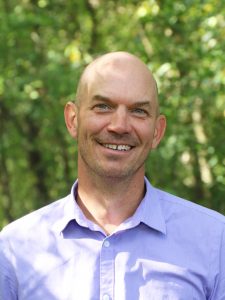
It may seem counterintuitive, but the best way to save seeds is to plant them, according to Mike Bollinger, executive director of Seed Savers Exchange. While the non-profit does maintain a seed bank, much of their work is devoted to getting seeds out into the world, into gardens and farms where they can thrive and multiply––and nourish those who grow and share them.
Located in Decorah, Iowa, Seed Savers has a large farm where they cultivate genetic diversity, including vegetables, flowers, fruits, and even heritage livestock. You can get and share seeds through their exchange and their seed catalog.
TIMELINE
2’37 the roots of Seed Savers Exchange
4’50 the German Pink Tomato
5’36 Seed Savers’ Heritage farm
6’53 on site preservation in seed bank
8’12 off-site preservation because it’s important to grow the seeds and build community, not just store them
9’24 heritage cattle breed for genetic preservation and for fertility
10’04 seed saving as community building––seeds are safest in people’s gardens
11’01 seed exchange and seed catalog, how they work
13’57 community science program involving volunteer gardeners
15’39 collecting information for adapting varieties to climate change
18’22 what the corporate seed industry is like, and why the profit motive limits biodiversity
22’21 the importance of taste
24’15 learning to verbalize about taste
24’47 Seed Trade Census and Nursery Trade Census
27’07 the difference between open pollinated and hybrid varieties
28’13 the Franny Bean––saved by a woman who survived a death camp in World War 2
30’16 story of the Fish Pepper
33’36 the profession of “seed historian”
35’27 hopes and plans for organization



Subscribe:
Apple Podcasts
Spotify